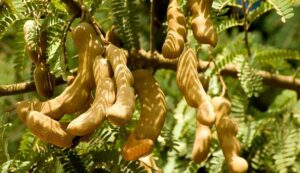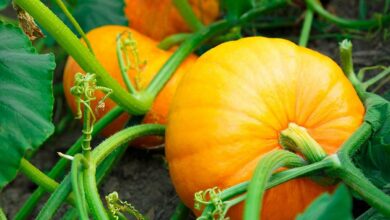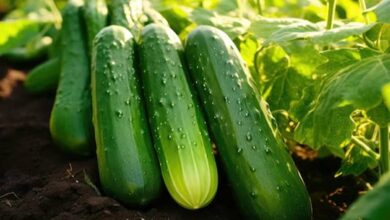Tamarind cultivation is very beneficial for farmers, know the method of cultivation
Tamarind Cultivation: Because of its distinct and sour flavor, tamarind plays a significant role in Indian cooking. It is renowned for its therapeutic qualities in addition to adding flavor to the food. Because tamarind fruit and seeds are used to make spices, medications, and other goods, there is always a market for them. Commercial tamarind farming has the potential to be a lucrative enterprise for farmers. With the correct temperature, soil, and attention, tamarind may be grown with greater yield and financial gain.

Know about the process of tamarind cultivation and its benefits
The right soil and climate
The ideal environment for tamarind growing is said to be warm to moderately chilly. It thrives at temperatures between 25°C and 35°C and receives 750–1200 mm of precipitation. It is also drought-tolerant. Deep, healthy, and water-drained soil is ideal for tamarind tree planting. In addition, it thrives on soil that is somewhat acidic.
Types of Tamarinds
India grows a wide variety of tamarind, including Prasanna, Urigam, and Rohatgi. These cultivars are chosen based on their ability to produce, fruit size, and sweet and sour flavor. Farmers should choose the appropriate variety according to their soil and environment for higher quality and greater yield.
Time and procedure for sowing
In tamarind cultivation, growing plants from seeds is a popular technique. The seeds are first immersed in water for a whole day. They are then planted in the nursery. The plants are placed in the field between one and two months of age. One acre of land may support between 150 and 200 plants.
Management and care
For tamarind plants to develop properly, sufficient care is required. Since the plants can withstand moderate drought, irrigation should be done every 15 to 20 days throughout the summer. 500 grams of nitrogen, 250 grams of phosphate, 250 grams of potash, and 20 to 25 kg of cow dung manure should be supplied to plants annually. Additionally, the plant’s health and output may be maintained by periodically removing weeds.
Gathering and Manufacturing
In five to six years, tamarind trees often begin to yield fruit. The fruits should be harvested when they get brown and begin to peel readily. A well-grown tamarind tree may produce 150–200 kilograms of fruit annually.
Advantages and the Market
In the market, tamarind is always in demand. Numerous sectors utilize its fruits, seeds, and pulp, including the culinary business for creating chutney and spices, the pharmaceutical industry for making medications, and the cosmetics industry. Both domestically and internationally, tamarind pulp is reasonably priced. In addition, there are other uses for tamarind tree wood, which brings in extra money.
Possible Difficulties
Growing tamarinds might provide several difficulties. Timely action is crucial to safeguarding the crop from pests and illnesses. In addition, improper fruit shipping and storage might result in losses. Modern methods and appropriate management are required to address these issues.





